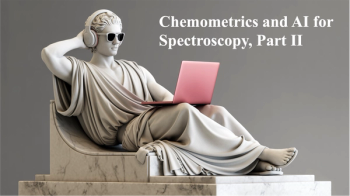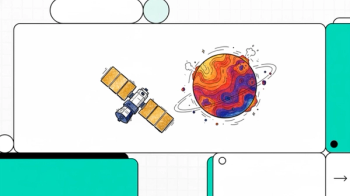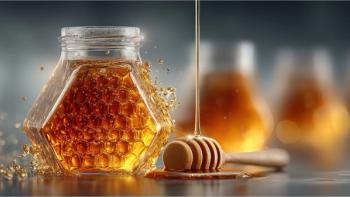
A New Method for Identifying Sculptures
Researchers from Northwestern University and the Art Institute of Chicago used a form of optical emission spectroscopy to determine the metal composition of 62 modern sculptures.
Researchers from Northwestern University (Evanston, Illinois) and the Art Institute of Chicago used a form of optical emission spectroscopy to determine the metal composition of 62 bronze sculptures cast in Paris. Their method may be a way to identify, date, and authenticate sculptures that do not bear foundry marks.
The sculptures studied are from the collections of the Art Institute of Chicago and the Philadelphia Museum of Art, and include works by Matisse, Picasso, Renoir, and Rodin.
This accomplishment marks the first comprehensive survey of the alloy composition of a large number of cast bronze sculptures by major European artists from the first half of the 20th century.
Newsletter
Get essential updates on the latest spectroscopy technologies, regulatory standards, and best practices—subscribe today to Spectroscopy.





